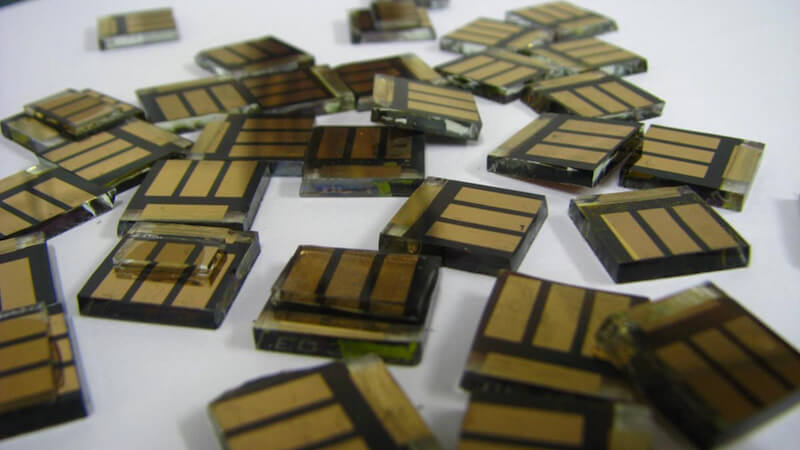
Researchers have succeeded in increasing the performance and lifespan of perovskite solar cells using a cost-effective chemical additive. This could make solar energy cheaper and even more sustainable.
Scientists have one breakthrough achieved with mSolar energy. They were able to significantly increase the efficiency and longevity of perovskite solar cells. The addition of a special chemical during the manufacturing process could significantly improve the stability of the cells. The approach is said to be cost-effective and could give further impetus to the expansion of solar energy.
Perovskite solar cells promise high efficiency at relatively low production costs. However, there have been problems with durability so far. With the newly introduced chemical additive, the researchers were able to overcome this hurdle. To do this, the team strengthened the structural integrity of the cells and their resistance to external influences.
Perovskite solar cells: Researchers increase performance and service life
The development could have a major impact on the global energy landscape. Longer-lasting and more efficient solar cells make solar energy even more attractive. Production costs could fall further, giving even more people access to solar systems.
The researchers emphasize that their approach is easily scalable and can be easily integrated into existing production processes. This would mean that manufacturers do not have to invest in expensive new technologies to benefit from the improvements. Ultimately, this could lead to advanced solar cells being brought to market more quickly.
Further optimizations necessary
Despite the promising results, scientists still see potential for optimization. Future studies should find out where the method can be further refined and adapted. The team also plans to analyze the long-term effects and performance under different environmental conditions in more detail.
Overall, the discovery represents a major step in the development of efficient and sustainable energy solutions. By using even better solar panels, the energy yield from the sun could increase further. At the same time, the need for space decreases because fewer panels can generate the same amount of energy.
Also interesting:
- Solar systems put a strain on the power grid – that’s why
- Perovskite coating: Researchers generate solar power without a solar system
- Study: Solar systems with energy storage are cheaper than coal and gas power plants
- Molecular treatment: Researcher improves perovskite solar cells
The post Chemical additive increases performance and service life of perovskite solar cells by Felix Baumann appeared first on BASIC thinking. Follow us too Facebook, Twitter and Instagram.
As a Tech Industry expert, I am excited about the potential benefits that chemical additives can bring to perovskite solar cells. By increasing performance and service life, these additives have the potential to make perovskite solar cells a more competitive and sustainable option for renewable energy production.
The use of chemical additives can improve the efficiency of perovskite solar cells by enhancing their light absorption, charge transport, and stability. This can lead to higher power conversion efficiencies and better overall performance, making perovskite solar cells a more attractive option for widespread adoption.
Additionally, increasing the service life of perovskite solar cells through the use of chemical additives can help to address concerns about the long-term durability and reliability of these devices. By improving stability and reducing degradation over time, these additives can extend the lifespan of perovskite solar cells and make them a more reliable and cost-effective option for renewable energy generation.
Overall, the use of chemical additives to enhance the performance and service life of perovskite solar cells is a promising development that has the potential to drive further innovation and adoption of this technology in the renewable energy sector. As a Tech Industry expert, I am eager to see how these advancements continue to shape the future of solar energy production.
Credits